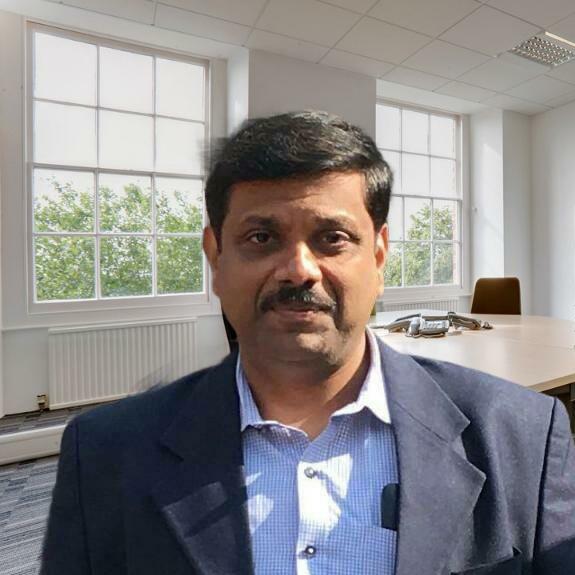
The importance of extracting moisture load from transformers cannot be underestimated thanks to the perils that water might do to the transformer lifecycle. The cellulose which is part of the insulation material is susceptible to capturing moisture, which is released in the oil. Consequently, the insulation parameters receive a beating.
Moisture in transformer insulating material must not be more than 10 ppm in normal temperature, lest it would affect the operations of the equipment drastically. More than 35 ppm of moisture makes the transformer unfit for operations. The weak insulation material that results due to an increase in moisture leads to a heavy rush in electricity and ends up in the collapse of the transformer. Low moisture is an important characteristic that facilitates the safe operation of the transformer and enhances the reliability of the equipment. Insulating materials like paper are quick in absorbing moisture which in turn weakens insulating properties. Such moisture is distributed across the insulation system, which may be deposited in the bottom of the transformer or in solid insulation parts of the transformer and accelerates the aging of the apparatus.
Insulation is ascertained by resistance to electricity, dielectric strength and breakdown strength of insulation, and dielectric constant or tan delta which refers to the electricity consumed by the insulating material to pose as a barrier to the electric potential. In instances including replacement of the winding as a maintenance measure, exposure to air during repair measures more than the prescribed time, transformers are dried with the help of transformer drying ovens which employ low heat and high vacuum technique. The excessive moisture content is detected and following this moisture estimation, the transformer drying oven removes water content and enhances insulation resistance, and increases flashover voltage. The preventive maintenance schedule of transformers includes periodical monitoring of transformers for water content buildup. However, such moisture removal is optimized when precautions are carried out with due monitoring during operations of the drying oven. Earlier the moisture content is deciphered by testing the winding for dielectric strength.
Transformers are dried through methods like induction heating, hot air drying method, vacuum drying method, and gas-phase vacuum drying method. As production develops, more advanced drying techniques are employed to remove moisture content from the insulation material. The transformer drying oven method boasts of several advantages when compared to other moisture removal methods. This method can estimate several samples of moisture at the same time and is a simple procedure that can easily be performed. It can also determine moisture in large sample volumes.
Continuous supervision is mandatory while drying the transformer and no moment must be left unattended. Equal attention must be paid to temperature observation since excess temperature might damage the insulation material. The absence of spark or smoke must be ensured in the proximity of the dry transformer. While inspecting the interior of the tanks, low voltage lamps must be employed. In the absence of a vacuum in the drying chamber, open-air holes in the box cover to enable the exit of moisture. Fire prevention methods should be observed and inflammable materials are avoided during the drying process. The drying standard of transformer insulation ensures that the insulation is devoid of moisture, the breakdown voltage is not below 75 percent of delivery data, insulation resistance is at least 70 percent of factory data and finally, the tangent medium loss angle is within 130 percent of factory data.
Drying time varies with different sizes and designs of transformers which may use different raw materials. Hence constant vigilance throughout the drying process is essential. While indirect methods for detecting residual moisture during the drying process have uncertainties, dielectric response analysis enjoys growing popularity due to its reliability. To improve the drying quality of the winding, the drying temperature should be kept in control and the vacuum degree of the instrument should be improved. By these measures, the equipment meets the parameters required for drying and provides an excellent drying effect. Since the transformer has colossal amounts of insulation and water content, ample heat energy is needed for the drying process. At low pressure and low temperature, sufficient heat is provided to enhance the water vapor evaporation process.
The amount of partial pressure difference between the internal and surrounding material of the insulation area is directly proportional to the speed of evaporation, diffusion, and migration of water content. After the drying process is completed, an insulation appraisal is conducted so that the drying effect is ensured. Hering’s transformer drying oven, with its advanced features, improves the drying quality. Century plus the expertise of Hering in providing solutions for transformer maintenance and unparalleled German precision in vacuum transformer drying ovens among other products are lauded by clients across the globe. The transformer’s life cycle is secured in the manufacturing process where it is subjected to the drying process. Hering’s vacuum drying ovens employ state of art technology to minimize drying time and protect the equipment from high internal stresses. Hering drying series comprises a range of product lines that suit varying demands and requirements.
Hering’s vacuum drying oven offers two systems based on the process used. One of them serves less than or equal to 100 MVA hot air drying plant for easy setup and the other is greater than 100 MVA vapor phase drying plant for reduced process duration. These two methods reduce pressure which leads to a lower boiling point which makes dissolved water in the transformer’s active parts to evaporate. Hering’s vacuum drying ovens are popular for their robust designs whose operations are comprehensive besides being easy to maintain. Hering assists clients in choosing the right drying process that suits specific applications. The drying ovens are divided to sub modules which enable swift and easy installation of the plants. These modules, which include heating stations, vacuum pumping stations, kerosine pumping stations, and filter stations, are completely piped, wired, and pre-tested before being dispatched to customers. Hering also assists clients by training them to set up the plant by themselves.


